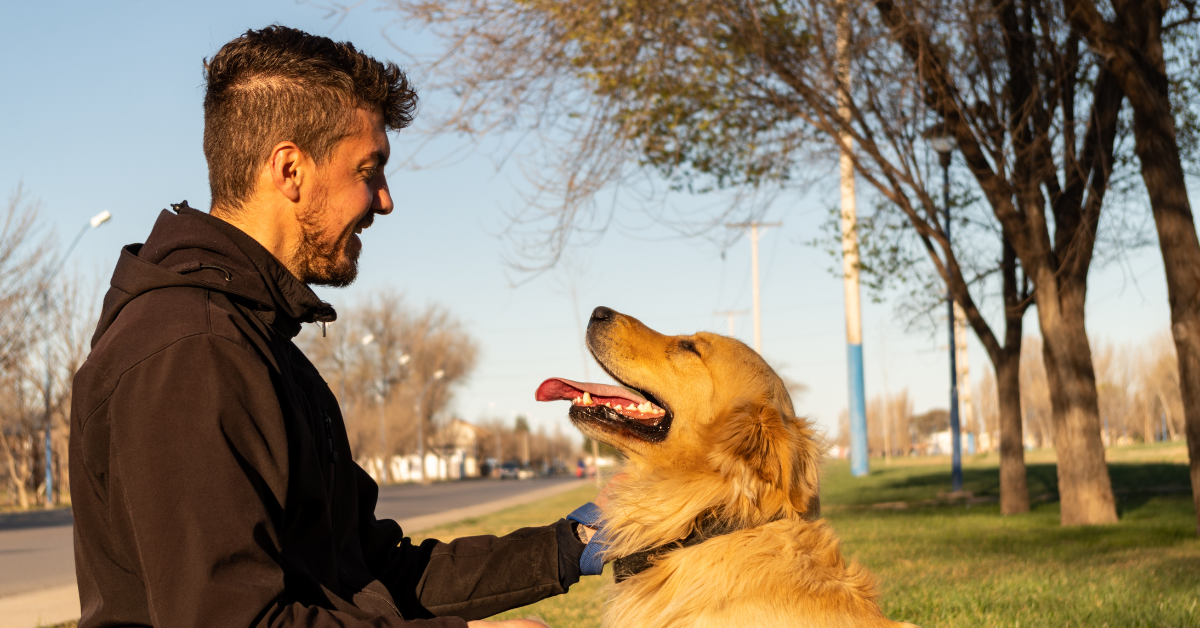
Has your pet been lethargic, drinking large amounts of water, and urinating frequently? These could be signs that your pet may have diabetes.
If you didn’t know that your pet could develop diabetes, don’t beat yourself up. Most people are not aware that this disease could afflict their pets.
According to Merrick, diabetes affects anywhere between 1 in 100 to 1 in 500 dogs and cats. The number of dogs diagnosed with the condition has tripled during the past 30 years. Risk factors that may contribute to the development of diabetes include age (middle-aged to older dogs and cats are more susceptible), genetics, breed and obesity.
So, what should you look for? What are the signs?
There are a number of resources available for you if you think your pet may be exhibiting signs of diabetes. You can download a handy checklist (http://www.petdiabetesmonth.com/PDF/PM11_0066.pdf); you can download a pet diabetes handbook http://www.petdiabetesmonth.com/PDF/PM09_0114B.pdf or a pet sitter checklist http://www.petdiabetesmonth.com/PDF/PM11_0065.pdf
If you think you might have a diabetic pet on your hands, take this quick quiz (http://www.petdiabetesmonth.com/survey-page.asp) and make an appointment with your veterinarian right away.
Diabetes can be treated and Floofins & Co. has staff trained that can administer insulin shots, particularly for cats. Careful observation of your pet’s behavior is the first step in being able to readily identify warning signs. And yearly exams, semiannual for senior pets, can help keep your pet healthy and happy for many years by using preventive measures to avoid more severe health outcomes.
Other Recent Blog POsts

Celebrating The Original Floofins’ Sweet 16
July 24, 2024
Emergency Planning for Your Home & Pet
July 18, 2024
Beyond the Blurry Phone Pic: Schedule Professional Pet Photos Instead
July 10, 2024
Keeping Chicago Pets Safe on the Fourth of July
July 1, 2024
Why Floofins & Co. Leads the Pack
June 26, 2024
